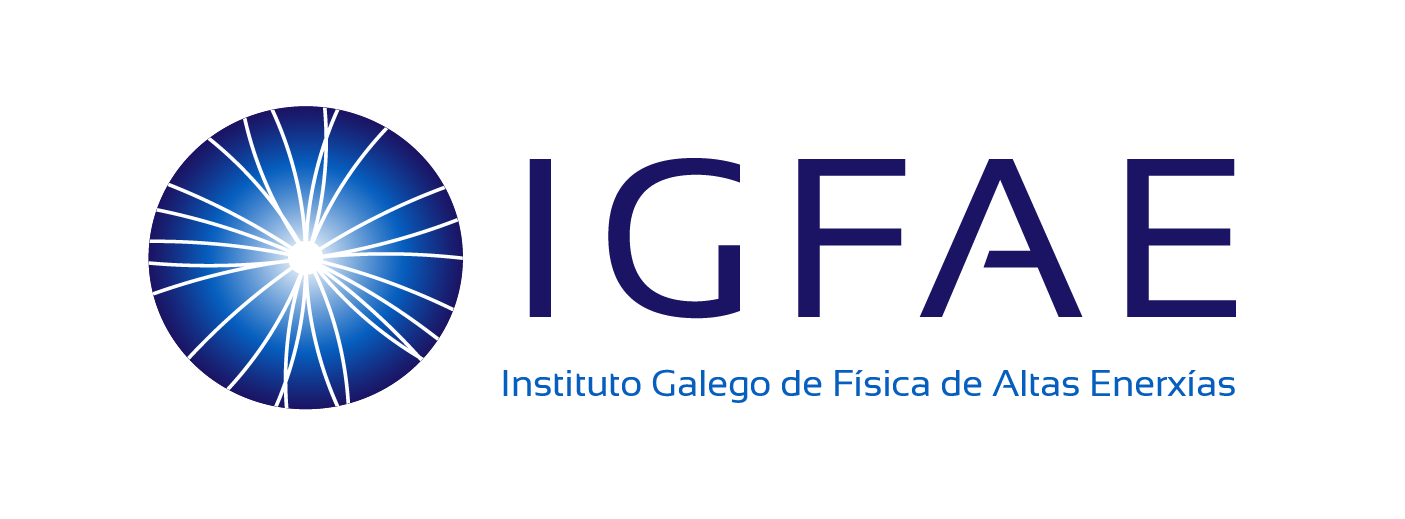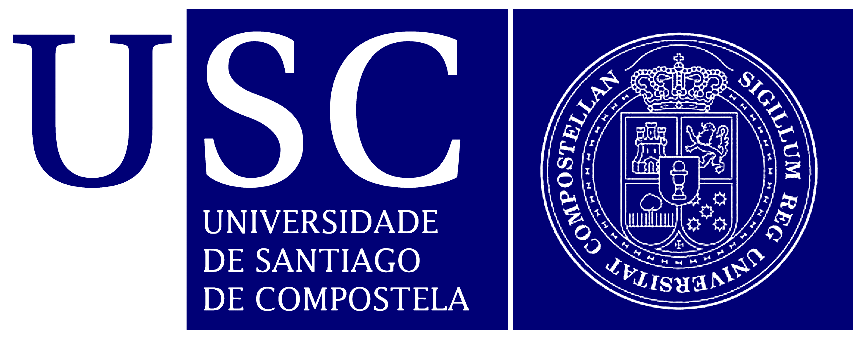- Compact style
- Indico style
- Indico style - inline minutes
- Indico style - numbered
- Indico style - numbered + minutes
- Indico Weeks View
Iberian Strings 2020
→
Europe/Zurich
Santiago de Compostela
Santiago de Compostela
Hospederia de San Martiño Pinario
Plaza de la Inmaculada, 3
15704 Santiago de Compostela
,
Description
Iberian Strings 2020 is the eleventh annual meeting of the Spanish and Portuguese String Theory community, where recent developments in the field of supergravity, strings, branes and gauge theory are discussed. String theorists from outside the Iberian Peninsula are welcome to participate in the meeting.
 |
Welcome to Santiago de Compostela - home of the Instituto Galego de Física de Altas Enerxías of the Universidade de Santiago de Compostela! |
Previous Iberian Strings Meetings were held in Barcelona (2019), Granada (2018), Lisbon (2017), Madrid (2016), Salamanca (2015), Palencia (2014), Lisbon (2013), Bilbao (2012), Valencia (2011) and Oporto (2010 / Archive).
This conference series followed the "Workshop on Gravitational Aspects of Strings and Branes" and the "Northwest Strings" that Iberian String theorists had been organizing since the early 2000s.
In this edition we will have invited lectures by:
- Elias Kiritsis (Crete U., APC Paris)
- Irene Valenzuela (Harvard U.)
- Joao Penedones (EPF Lausanne)
- José F. Barbón (IFT Madrid)
In addition, there will be contributed talks by participants.
Scientific Committee
- Patrick Meessen (U. Oviedo)
- Bert Janssen (U. Granada)
- Esperanza López Manzanares (IFT-Madrid)
- Miguel Costa (Porto U.)
- María Lledó (U. Valencia)
- Igor Bandos (UPC-EHU Bilbao)
- Roberto Emparan (U. Barcelona)
- Fernando Marchesano (IFT-Madrid)
Local Organising Committee
- José D. Edelstein
- Alfonso V. Ramallo
- Jose Luis Miramontes
- Riccardo Borsato
- Maximilian Attems
- Javier Mas
Chairs
Enrique Álvarez, Daniel Areán, Maximilian Attems, Igor Bandos, Paolo Benincasa, José Edelstein, Iva Lovrekovic, Javier Mas, Luis Miramontes, Alfonso Ramallo, Tomás Ortín
Support
Unit of Excellence "María de Maeztu" of IGFAE (Galician Institute of High Energy Physics)


Participants
Aaditya Salgarkar
Adolfo Guarino
Alberto Rivadulla
Alejandro Ruipérez Vicente
Alejandro Vilar López
Alessandro Mininno
Alexandre Serantes
Alfonso Ramallo
Ana Garbayo Peón
Antón Faedo
António Antunes
Anxo Biasi
Artur Amorim
Carlos Hoyos
Celine Zwikel
Christopher Couzens
Christopher Rosen
Daniel Areán
Daniel Grumiller
David Julian Mateos Solé
David Licht
David Peinador Veiga
David Pereñíguez Rodríguez
David Travieso Mayo
Elias Kiritsis
Enrique Álvarez
Filip Juruković
Gabriel Cardoso
Gabriel Larios Plaza
Ginevra Buratti
Huibert het Lam
Igor Bandos
Irene Valenzuela
Iva Lovrekovic
J. Luis Miramontes
Javier Martin Garcia
Javier Mas
Javier Moreno
Javier Subils
Javier Tarrío
Joao Pedro Alves Da Silva
Jose Barbon
Jose Edelstein
José Calderón Infante
José Manuel Penín
João Penedones
Martin Sasieta
Matteo Baggioli
Max Wiesner
maximilian attems
Miguel Sousa Da Costa
Mikel Sánchez Garitaonandia
Pablo A. Cano
Pablo Bueno
Paolo Benincasa
Pedro F. Ramirez
Pierre Corvilain
Riccardo Borsato
Shailesh Lal
Sibylle Driezen
Teresa Bautista Solans
Tomas Ortin Miguel
Tomeu Fiol
Victor Lekeu
Yago Bea
Yolanda Lozano
Zachary Elgood
Ángel Murcia
Iberian Strings 2020
